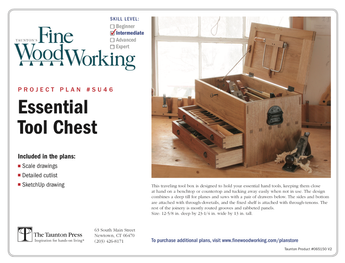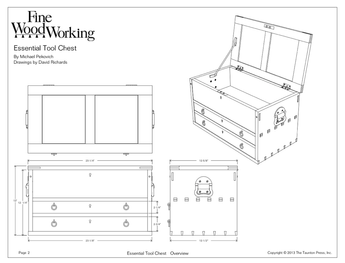I’m a Fine Homebuilding subscriber but have a finishing question more applicable to you woodworking folks. I’m making some built-in shelving in which there is a shelf edge detail that I’m not quite sure how to approach: They want a shelf, with one curved corner, and a concave edge (single flute?) with a silver-like detail in the middle of the concave edge. The shelving material is a .75″ poplar that will be stained. The only way I can think of doing this is to first cut a slot in the edge of the shelf and glue in a malleable material (I was thinking 10 gauge aluminum wire) that could easily conform to the curved corner. Then, router the concave edge such that the depth of the cut would also cut slightly into the wire to give the silvery detail wanted (see attached JPEG cross section for clarification). Does this sound reasonable? Is there an easier way to do this? Is aluminum the correct material to use (I don’t want something that will corrode)? What would be the best glue for attaching metal to wood?
Discussion Forum
Get It All!
UNLIMITED Membership is like taking a master class in woodworking for less than $10 a month.
Start Your Free TrialDiscussion Forum
Digital Plans Library
Member exclusive! – Plans for everyone – from beginners to experts – right at your fingertips.
Highlights
-
Shape Your Skills
when you sign up for our emails
This site is protected by reCAPTCHA and the Google Privacy Policy and Terms of Service apply. -
 Shop Talk Live Podcast
Shop Talk Live Podcast -
 Our favorite articles and videos
Our favorite articles and videos -
E-Learning Courses from Fine Woodworking
-
-
 Fine Woodworking New England Event
Fine Woodworking New England Event












Replies
How 'bout something moldable, like gray or silver colored epoxy? Or clear epoxy with silver glitter?
Maybe lead free solder would machine better than aluminum.
Sounds like an instance to mock up and experiment, and make a sample for your client.
Craig,
Why does it have to be set in round? Why not just lay in some extruded rectangular or square stock? 10 gauge is pretty small, nobody's going to notice the lack of a radius across it.
Jon
Craig,
I don't think aluminum will give you the effect desired. It DOES corrode -- it becomes dull, almost like pewter.
There are powdered products that can be epoxied into your routed slot. They come in a variety of colors and textures. I'm reasonably sure you can find a silver version. I just did a quick check of my Favorites, and didn't find the URL. Perhaps someone else will be able to direct you to the web site.
BJ
Craig, How about block tin? It looks like solder, but is 100 0/0 tin. Comes in round wire (Solid) or tubing (Hollow)
and can be pounded into a running dovetail. When machined, (Routed) it shines like a mirror and no glue needed. Plumbing supliers sell it for use in kitchens and bars to convey beers and sodas (does not affect taste) try a sample on scrap wood to observe the 'look'. Stein
Mill the concave detail, then the groove using a slot cutter. You can inlay the aluminum or even better, use silver. The aluminum will oxidize, but can be minimized by use of a clear sealer or even wax. The silver will look better, but will also oxidize. Both materials can be found in square or rectangular sections. Epoxy is the glue of choice, although possibly a good tight fit with a bit of pounding and super glue will be best.
As in all first things.......trials and experimentation will show you the way.
This forum post is now archived. Commenting has been disabled